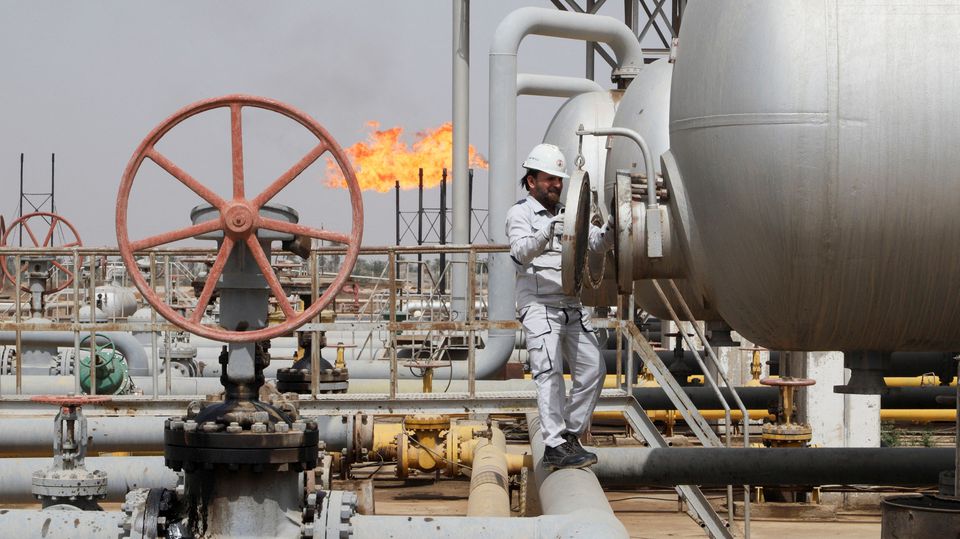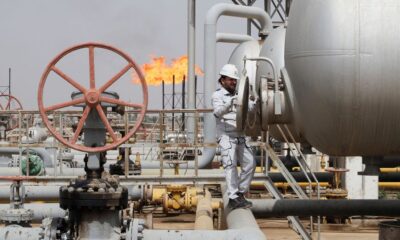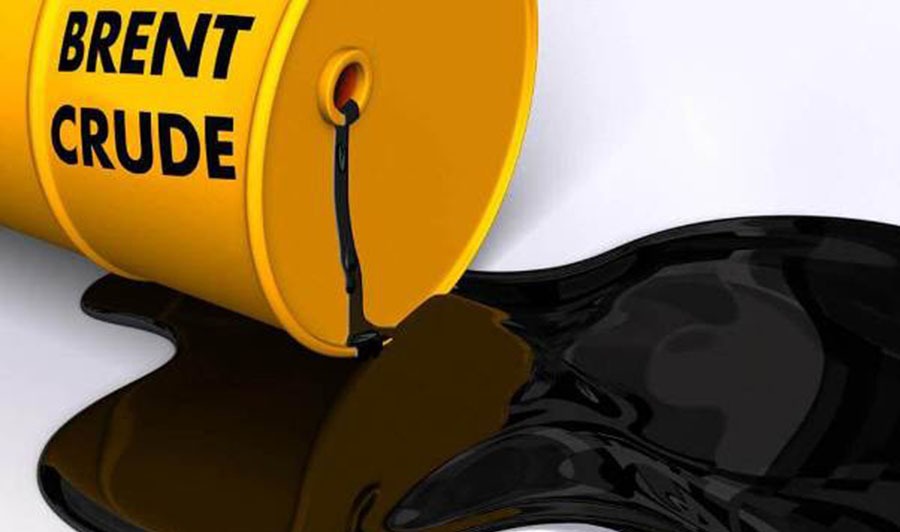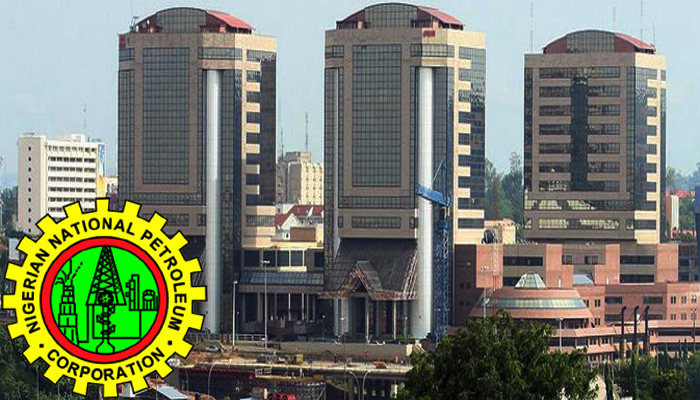Oil prices rallied for a third day on Tuesday as major producers Saudi Arabia and the United Arab Emirates looked unlikely to be able to boost output significantly, while political unrest in Libya and Ecuador added to supply concerns.
U.S. West Texas Intermediate (WTI) crude futures rose $1.8, or 1.6%, to $111.36 a barrel by 0644 GMT, extending a 1.8% gain in the previous session.
Brent crude futures climbed $1.9, or 1.7%, to $116.99, adding to a 1.7% rise in the previous session.
The UAE and Saudi Arabia have been seen as the only two countries in the Organization of the Petroleum Exporting Countries (OPEC) with spare capacity available to make up for lost Russian supply and weak output from other member nations.
“A seam of tight supply news bolstered the market. Two major producers, Saudi Arabia and the UAE, are said to be at, or very close to, near‑term capacity limits,” Commonwealth Bank commodities analyst Tobin Gorey said in a note.
UAE Energy Minister Suhail al-Mazrouei said on Monday UAE was producing near maximum capacity based on its quota of 3.168 million barrels per day (bpd) under the agreement with OPEC and its allies, together called OPEC+.
His comments confirmed remarks by French President Emmanuel Macron who told U.S. President Joe Biden on the sidelines of the Group of Seven nations meeting that the UAE was producing at maximum capacity and that Saudi Arabia could increase output by only 150,000 bpd, well below its nameplate spare capacity of around 2 million bpd.
Analysts also warned political unrest in Ecuador and Libya could tighten supply further.
Libya’s National Oil Corp said on Monday it might have to declare force majeure in the Gulf of Sirte area within the next three days unless production and shipping resume at oil terminals there.
Ecuador’s Energy Ministry said the country could suspend oil output completely within the next two days amid anti-government protests. The former OPEC country was pumping around 520,000 barrels per day before the protests.
Those factors underscore shortages in the market, which have led to a rebound this week, countering recession jitters that weighed on prices over the previous two weeks.
But analysts from Haitong Futures said market sentiment remains fragile with people waiting for clearer guidance for the next move and geopolitical factors in focus.
Leaders of the G7 are discussing a potential price cap on Russian oil that would hit President Vladimir Putin’s war chest while also lowering energy prices.
A French presidential official also called on global powers to explore all options to alleviate a Russian squeeze on energy supplies that has spiked prices, including talks with producing nations like Iran and Venezuela.

 Forex3 weeks ago
Forex3 weeks ago


 Naira2 weeks ago
Naira2 weeks ago
 Billionaire Watch2 weeks ago
Billionaire Watch2 weeks ago




 Naira2 weeks ago
Naira2 weeks ago




 Naira2 weeks ago
Naira2 weeks ago




 Naira1 week ago
Naira1 week ago




 Naira4 weeks ago
Naira4 weeks ago




 Naira3 weeks ago
Naira3 weeks ago




















